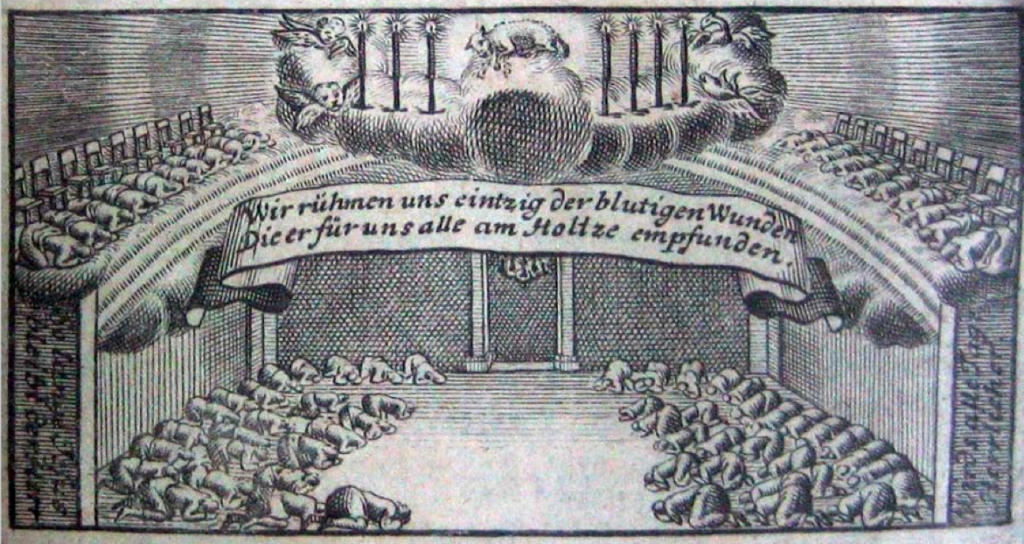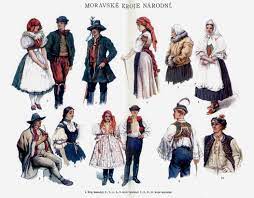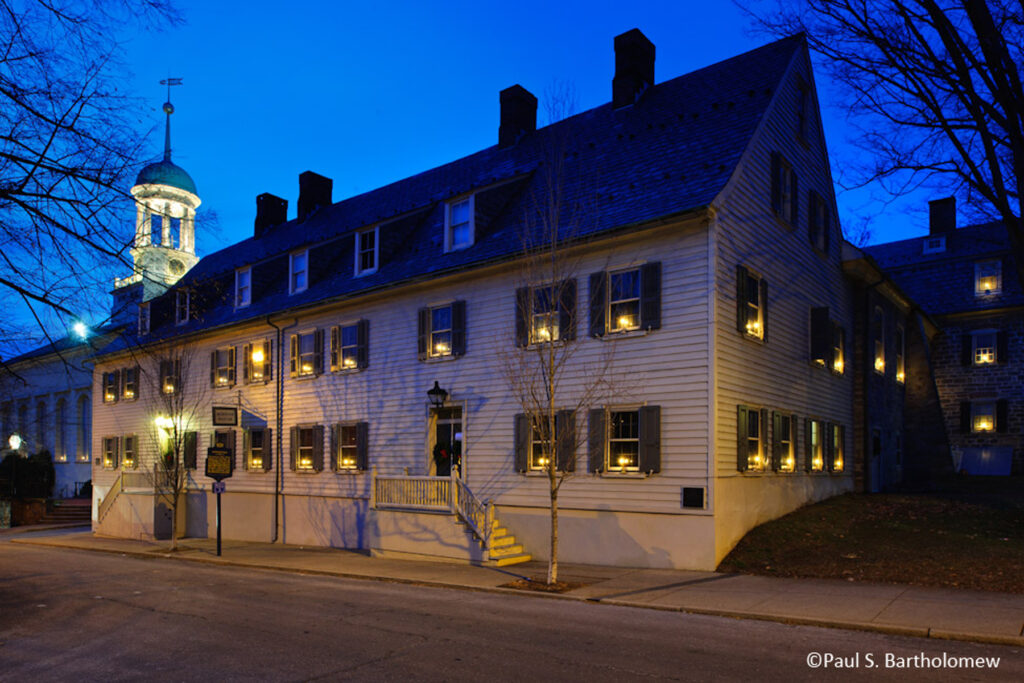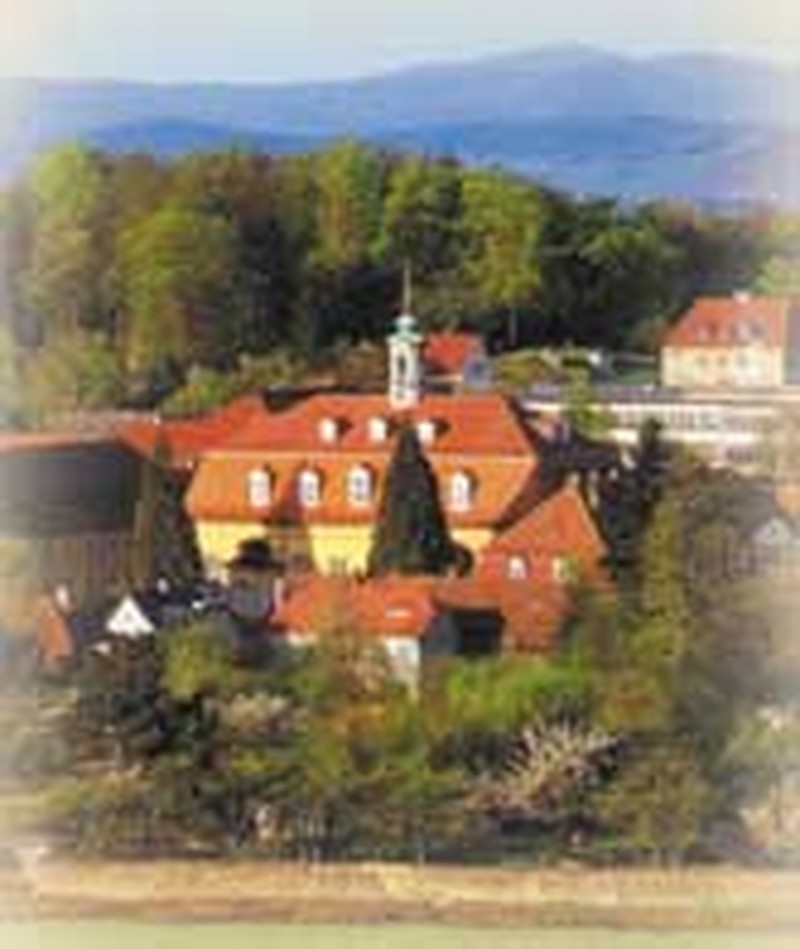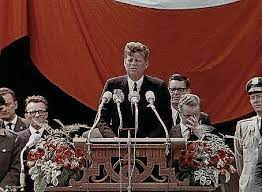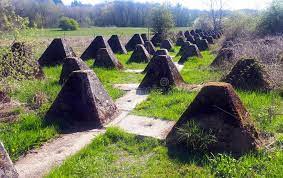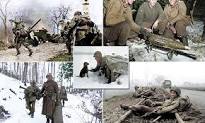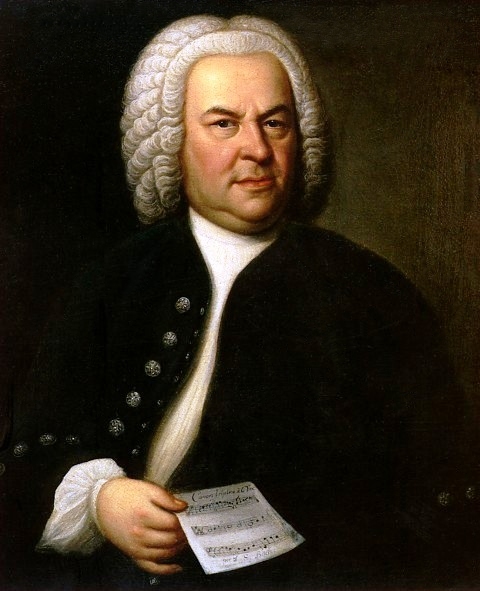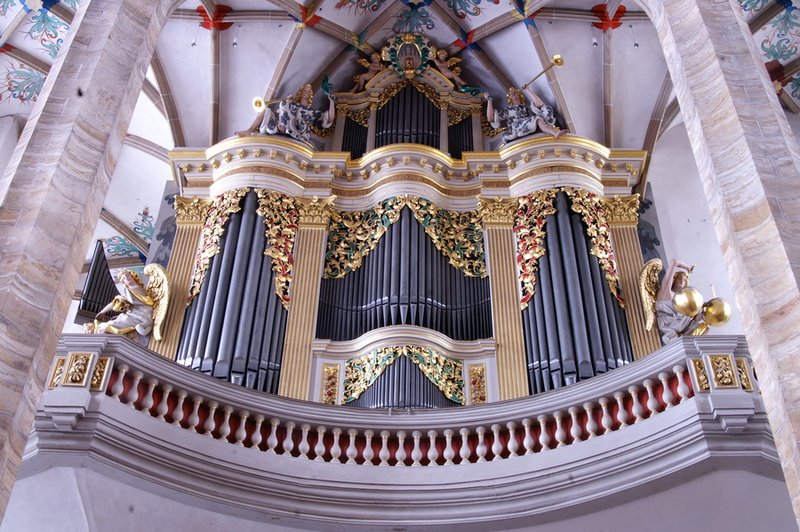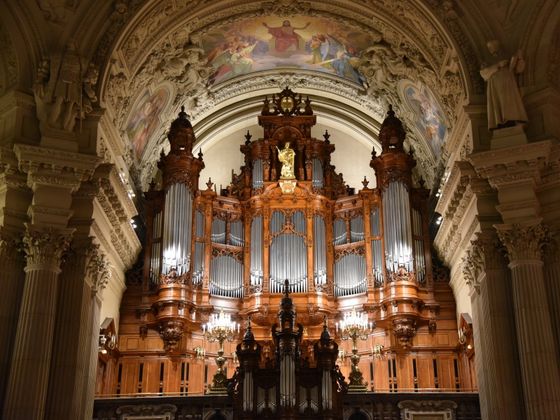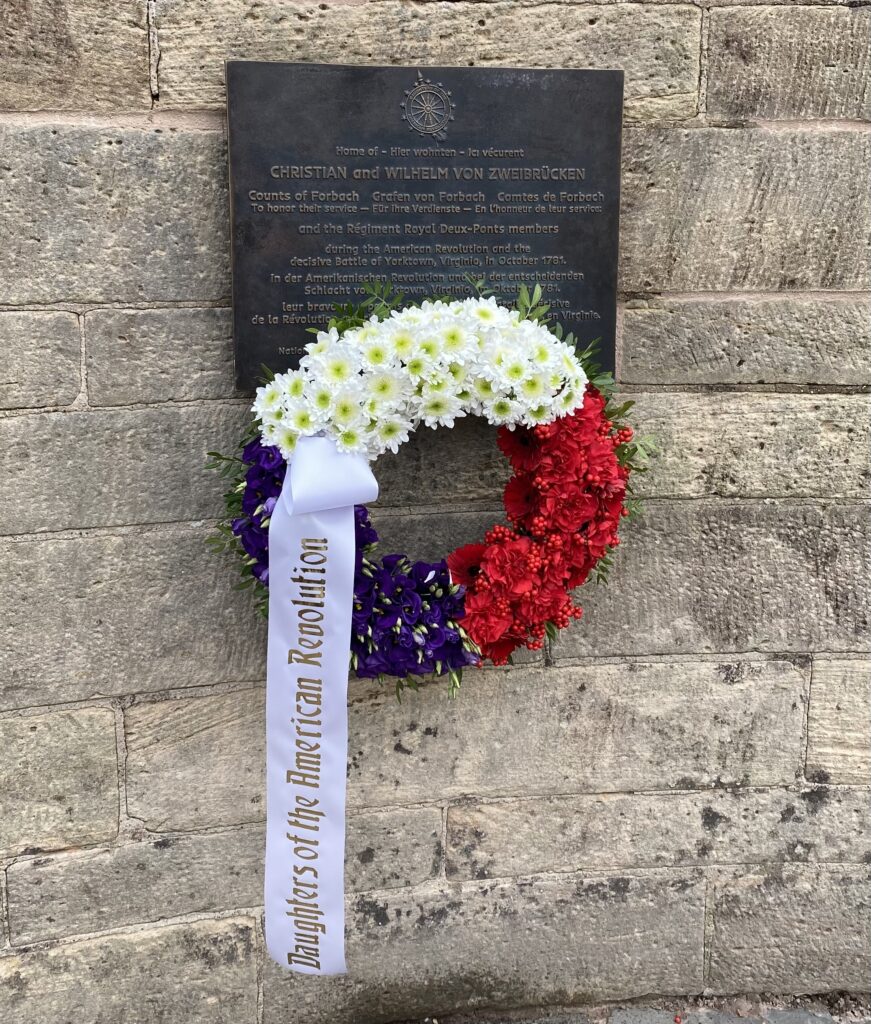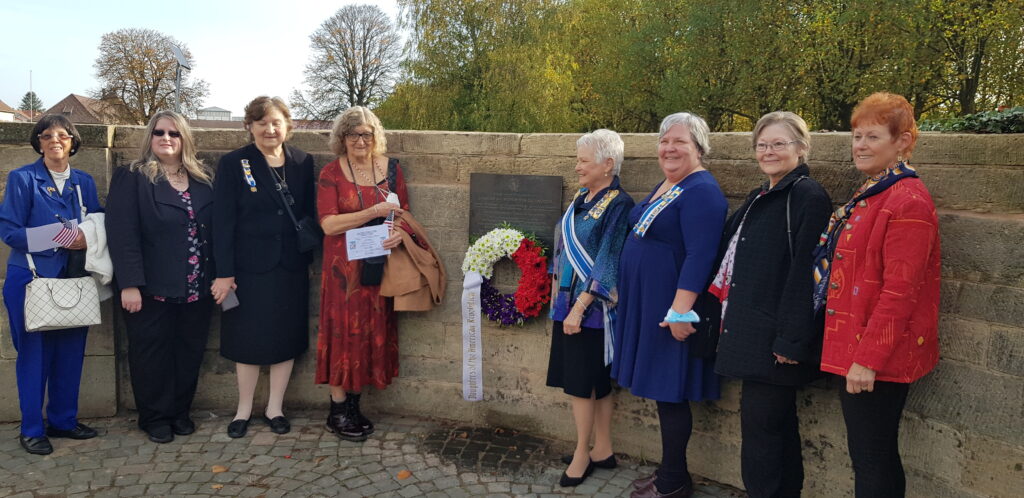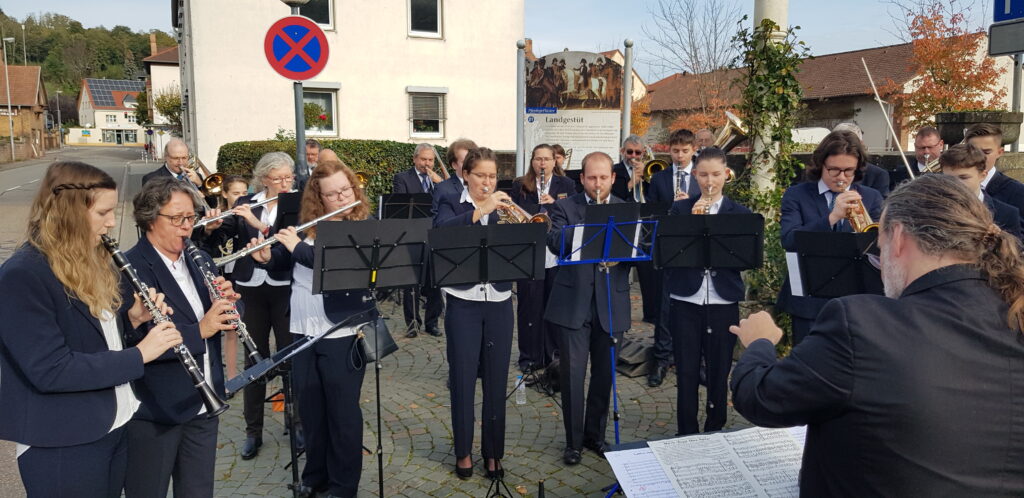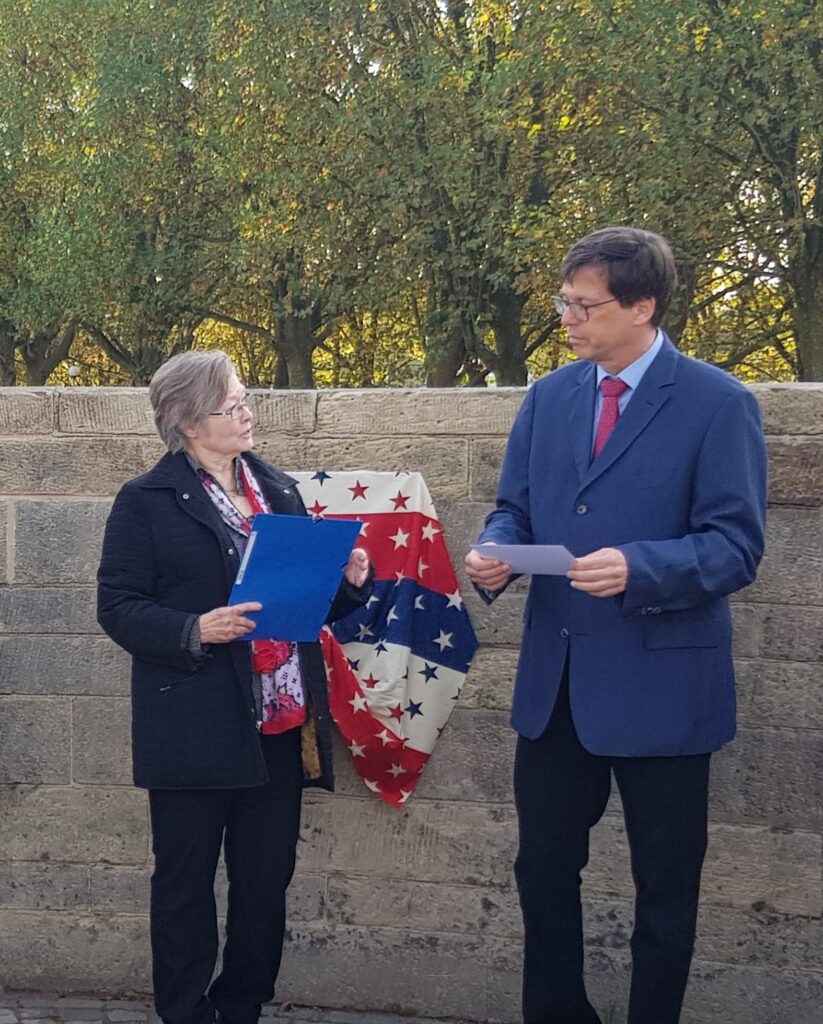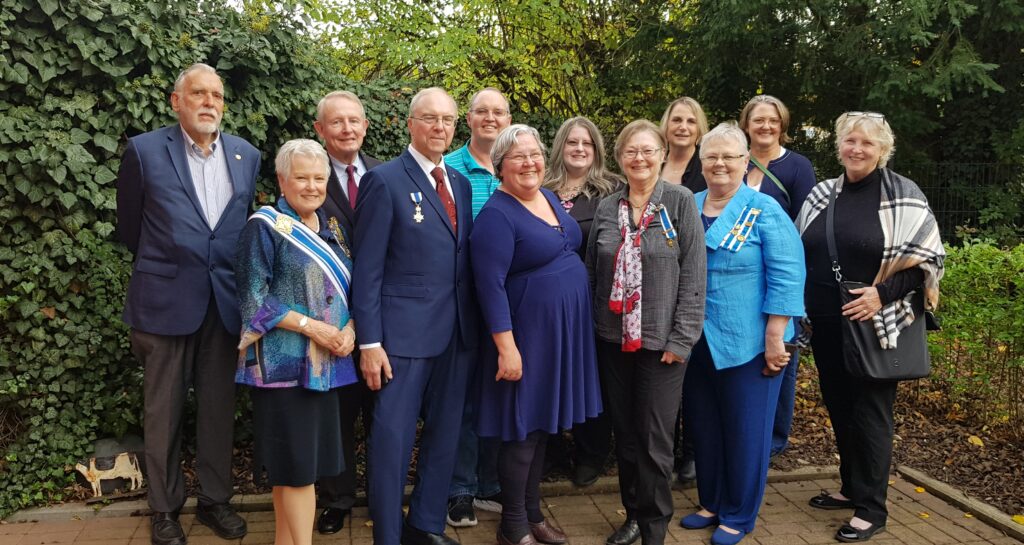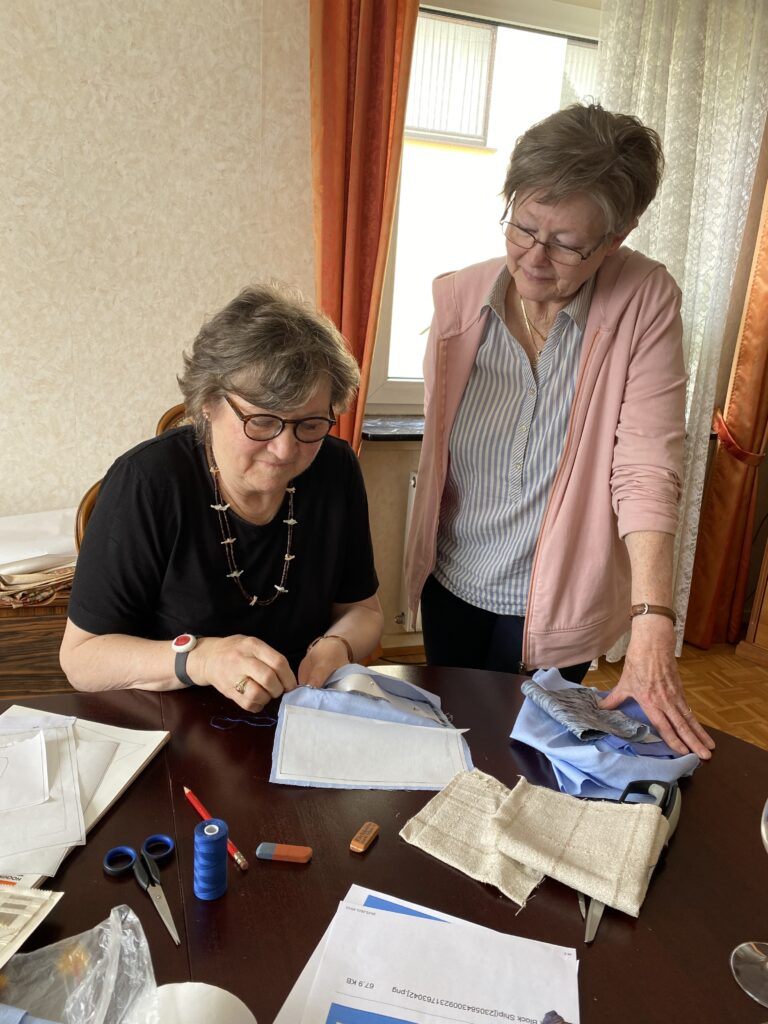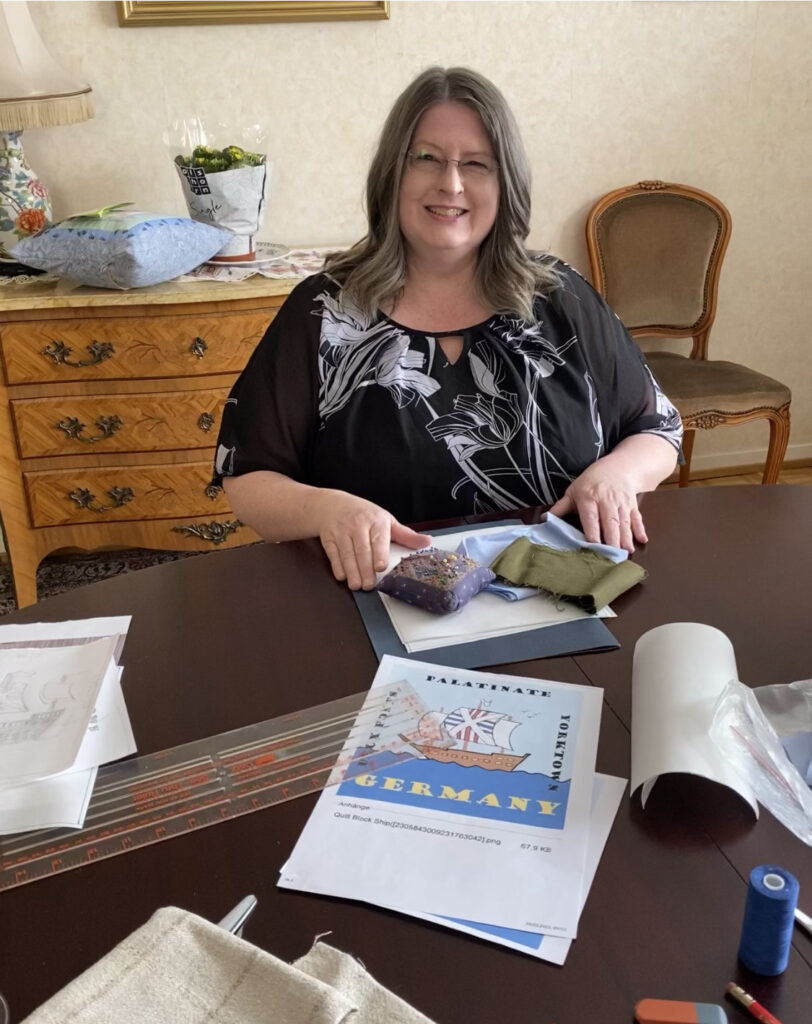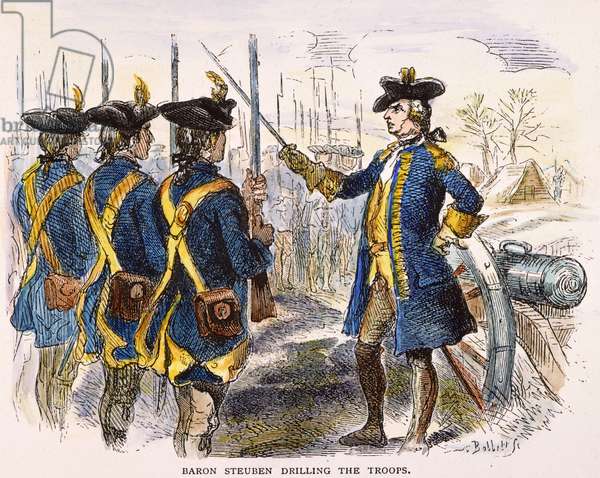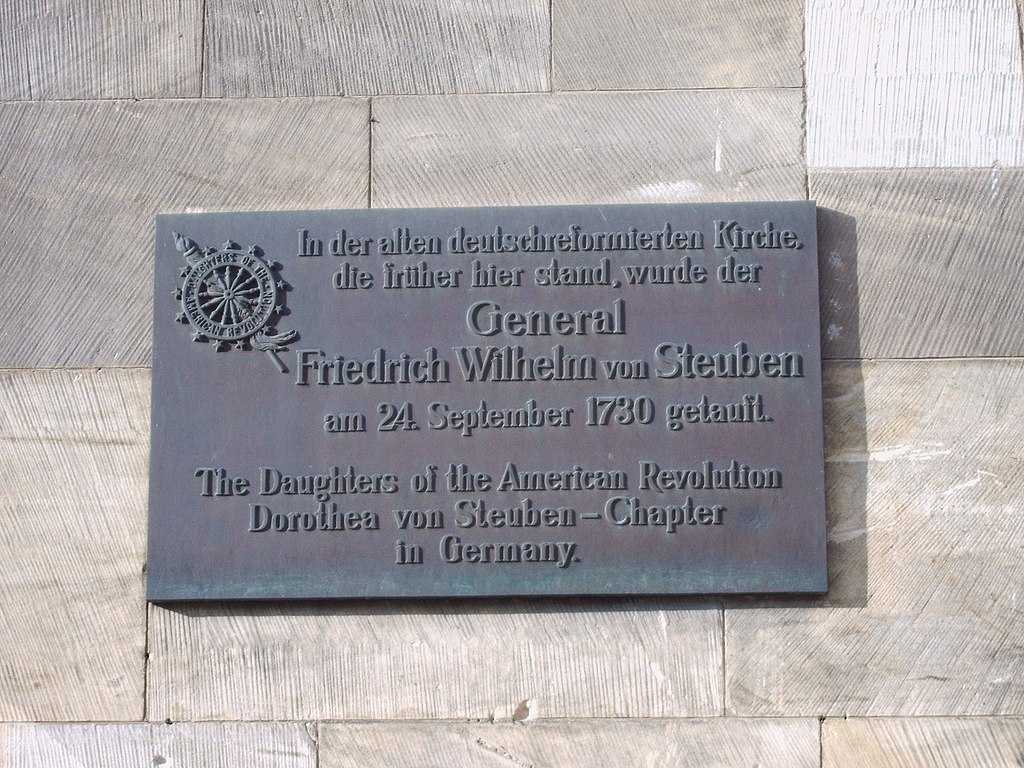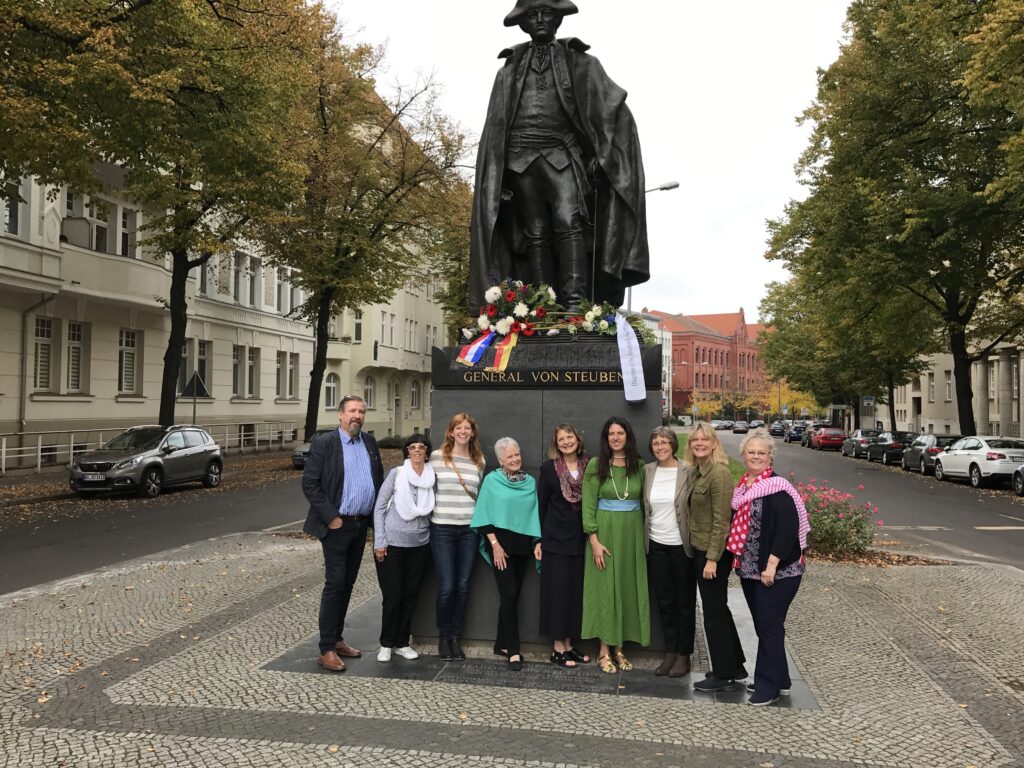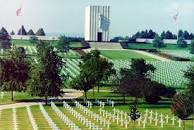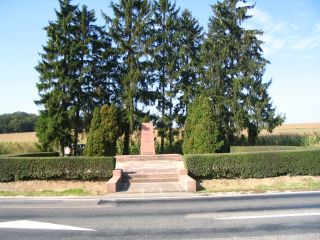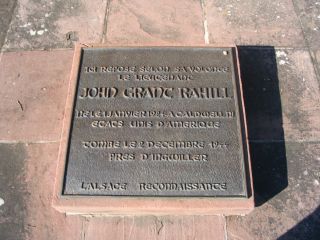‘He is at this time transporting large Armies of foreign Mercenaries to compleat the works of death, desolation and tyranny, already begun with circumstances of Cruelty & perfidy scarcely paralleled in the most barbarous ages, and totally unworthy the Head of a civilized nation.’
-Thomas Jefferson in his list of twenty-seven grievances against King George III included in the Declaration of Independence
Jefferson’s pejorative language was aimed at the 30,000 Hessian soldiers who had been hired by King George III to fight for Britain in the American Revolution. Jefferson used rhetoric that painted the Hessians as brutal, cruel and less than human (David Roos, Why the Germans Fought in the Revolutionary War—for the British, September 14, 2022; www.history.com).
In fact, the Hessians who fought were not blood-thirsty ‘mercenaries’ motivated by greed, according to Friederike Baer, a history professor at Penn State Abington (ibid). According to Baer, the soldiers were ‘auxiliary forces’ contracted by King George in agreements with German rulers who commanded and ‘rented out’ their military forces.
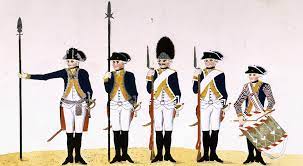
Hessian Soldiers in Uniform (Source: American Revolution Institute)
The Difference Between Mercenaries and Auxiliary Forces
Mercenaries are individuals who sign on as soldiers to make money as a profession. Auxiliary forces are basically professional armies, raised and trained by local governments who were frequently hired out to foreign governments to provide income for local rulers.
The hiring of auxiliary armies was not abnormal in the 18th century. Germany at the time was a loose federation of more than 300 states, cities and territories, each with its own ruler and professional army.
When the War of Independence broke out in the spring of 1775, the British quickly realized they couldn’t raise enough troops without the help of auxiliaries. Though the Empress Catherine the Great and the Netherlands both rejected King George’s request to hire troops, several German states were happy to comply. The six territories that signed on included Hessen-Kassel, Hessen-Hanau, Braunschweig, Anhalt-Zerbst, Ansbach-Bayreuth and Waldeck. Over half of all the soldiers were from the Hessen territories, which led to the labeling of all German soldiers as ‘Hessians’.

Hessian Soldiers (Source: Military History Now)
As the Hessians had already successfully fought on the side on the British during the 1760s in the Seven Year War with France, the partnership suited the British.
The Hessian Army in America
The Hessian Army consisted of well-trained soldiers who were said to have had ‘iron discipline’ (wikipedia). The Hessian males were registered to military service as children, and they had to regularly present themselves for service until they were 30 years old (ibid). Their officers were well educated, and in contrast to many European countries, were promoted on the basis of merit. Soldiers were relatively well-paid and their families were exempt from certain taxes. They fought in their own regiments, using weapons and uniforms that they had manufactured in Germany. In this sense the Hessians had a certain autonomy and fought beside their contractors.
The Hessian army arrived in North America at Staten Island, New York on August 15th, 1776. Their first engagement was less than two weeks later in the Battle of Long Island (wikipedia). They went on to fight in many important battles that year. By 1778, the British mainly used the Hessian troops as garrison and patrol troops. Most of their military contributions were in the Northeast, though they fought as far south as Florida. Oddly, some of the British soldiers didn’t trust the Hessians, because they spoke no English. The British also evidently resented that the Hessians spoke out against executions and plundering. (wikipedia.org)
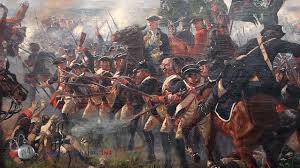
Hessians Fighting in the American Revolution (Source: britannica.com)
The Hessians Gain the Trust of the Americans
A turning point came for the Hessian troops when they were defeated in a surprise attack by George Washington and his troops on the morning of December 26, 1776 in Trenton, New Jersey. One thousand Hessians were captured.
Washington’s troops quickly moved the prisoners north and crossed the Delaware at McConkel’s Ferry Inn under terrible winter conditions. The Hessian officers were separated from the soldiers, who were marched to Newtown and later to Philadelphia to be paraded through the streets. One of the officers named Lt. Andreas Wiederholt met with General Washington and willingly admitted the mistakes his troops had made in the battle. This information proved helpful in retaining Trenton and led Washington to change his opinion of the Hessians, claiming they were not the enemy and should be treated humanely. (washingtoncrossingpark.org)
From then on, people started to bring the Hessians food and treated the captives with kindness (ibid). The officers signed a ‘parole’, saying they would not interfere with Washington’s plans. The soldiers were brought to Lancaster, Pennsylvania, where they were put to work on farms. The officers were escorted to the Virginia border, where they were essentially released without further recognizance.
Of the roughly 30,000 Hessians who came to fight in America, about 7,500 died. Of those, about 1,200 died in combat. Disease was the biggest killer (Ibid above). Most of the soldiers returned to their homes in Germany, but between 5,000-6,000 Hessians stayed. Many settled in British-ruled Canada, but others were welcomed by German communities in the Mid-Atlantic states.
Sources:

